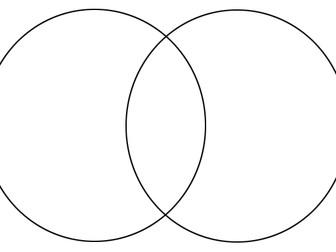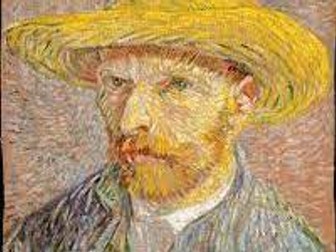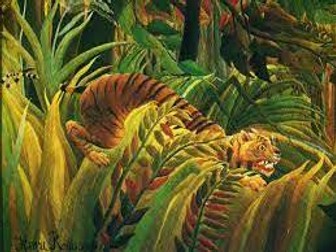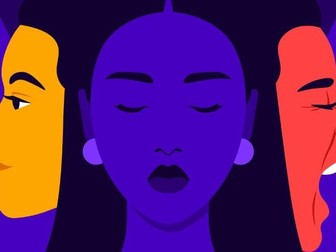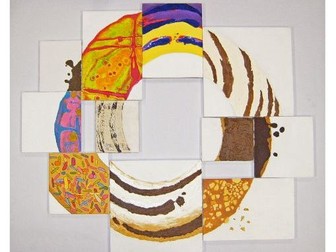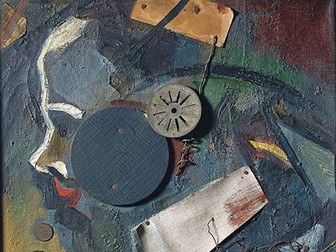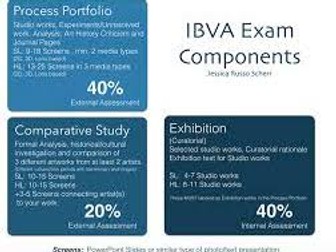
The Comparative Study handouts for each criteria
There are 6 handouts to accompany your teaching of the IBDP Comparative Study in both MS Word (for editing purposes) and PDF. format
Handout 1 - Introductory slide outlining the content layout of the presentation
Handout 2 - Criterion A (Identification and analysis of formal qualities)
Handout 3 - Criterion B (Analysis and understanding of function and purpose)
Handout 4 - Criterion C (Analysis and evaluation of cultural significance)
Handout 5 - Criterion D & E (Making comparisons and connections/Presentation and subject-specific language)
Handout 6 - Criterion F (Making connections to own art-making practice) HL students only
Each handout contains essential information, ideas and advice plus the contents necessary for a good score. The final document provides an overview of all the criteria.
